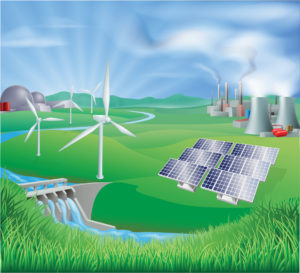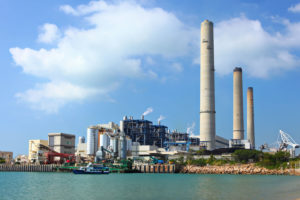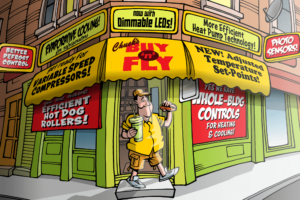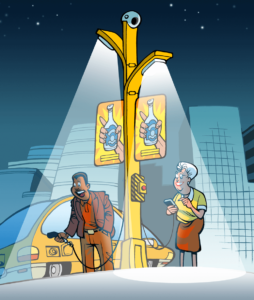Facts, Figures, and Findings from EPRI Research, Reports, and Other Sources

Modeling Study: U.S. Could Save Hundreds of Billions of Dollars with a Full Generation Portfolio Given a potential stringent carbon policy, the U.S. power sector could reduce compliance costs by about half by deploying broad technological portfolios, according to an EPRI modeling study. Using EPRI’s United States Regional Economy, Greenhouse Gas, and Energy (US-REGEN) model, researchers evaluated a range of portfolios and advanced technology R&D with respect to generation mix, emissions, and power industry costs, for 2016–2050. The analysis considered a hypothetical federal mandate for the power sector to reduce CO2 emissions by 2050 to 95% below 2005 levels. The ...
Read More
Read More

Precise measurements of combustion gases in power plants can potentially save operators hundreds of thousands of dollars each year, an EPRI study finds. To tune boilers and optimize combustion in coal-fired power plants, plant operators periodically extract combustion gases to measure oxygen distribution, which can then be adjusted to be more uniform. Plant operators today need even more precise combustion control as they face greater competitive pressures, flexible operations, more stringent nitrogen oxide emission mandates, and the potential for carbon dioxide emission limits. This can be achieved through real-time monitoring of oxygen and carbon monoxide levels in numerous areas of ...
Read More
Read More

Per square foot, convenience stores are among the biggest energy users in the commercial building sector because of considerable refrigeration, lighting, and space conditioning, coupled with long operating hours. According to the 2012 Commercial Buildings Energy Consumption Survey, the 131,000 convenience stores in the United States consumed 27 billion kilowatt-hours—roughly comparable to annual electricity sales in Connecticut. While many utility efficiency programs already include offerings for convenience stores, an EPRI assessment of equipment in 24 Tennessee stores revealed further opportunities for energy savings:
- Heating and cooling: For space heating, replace electric resistance heat with more efficient heat pump technology ...
Read More

In the city of the future, could street lights help meteorologists forecast the weather? Could they identify open parking spaces for drivers circling the neighborhood? Quite possibly, according to an EPRI study on “smart city” lighting. A growing number of commercially available technologies can be mounted on or in street poles and street lights to provide new city services, data streams, and revenue. Potential applications and opportunities include:
- Environmental sensors: The data could potentially be sold to weather providers, emergency services, and other parties.
- Communication networks: Antennas and routers could expand cellular and WiFi networks.
- Grid services: These include ...
Read More

For utilities interested in operating drones along transmission and distribution rights-of-way, an EPRI study offers this insight: A full-fledged drone program can significantly bolster wildlife, vegetation management, resource mapping, and an ever-expanding list of other environmental programs, but success depends on careful planning and evaluation of costs, risks, and limitations. Drones can be used for numerous environmental applications along rights-of-way. Examples include marking power lines to reduce bird collisions, surveying bird nests prior to line work, counting wildlife, tracking marked animals, and documenting vegetation health and intrusions into rights-of-way. Small, high-resolution cameras, infrared cameras, software for generating three-dimensional models, and ...
Read More
Read More

